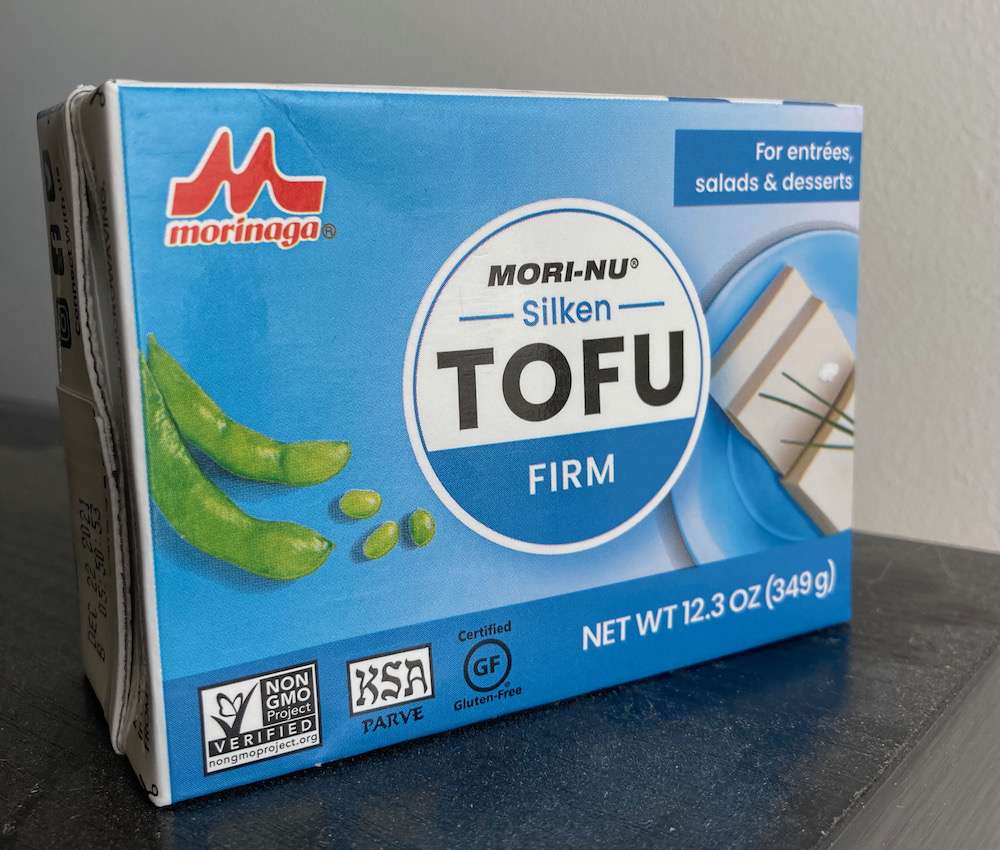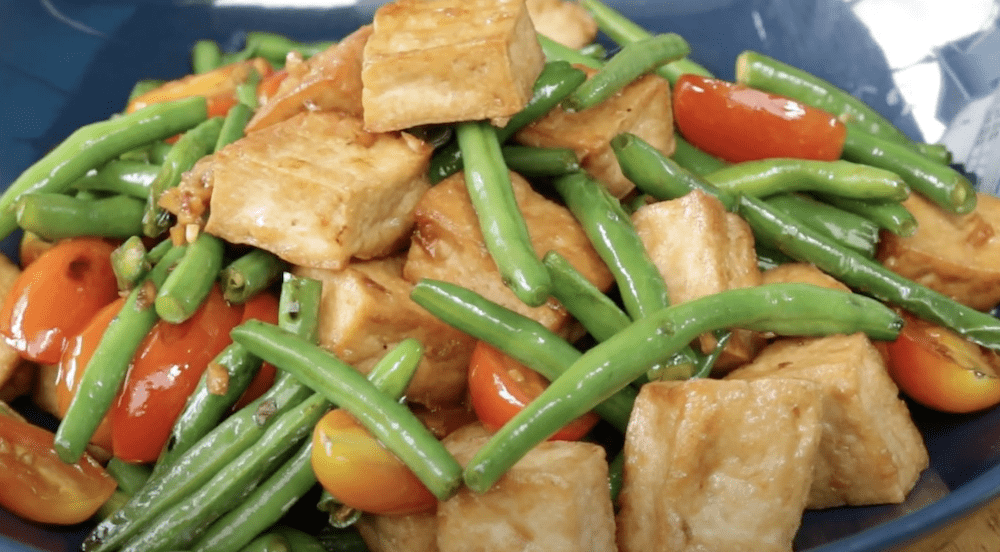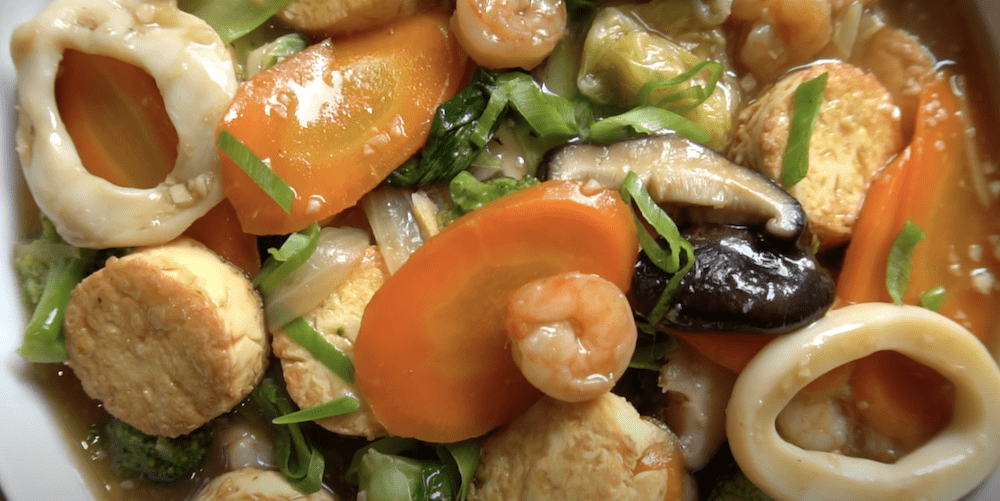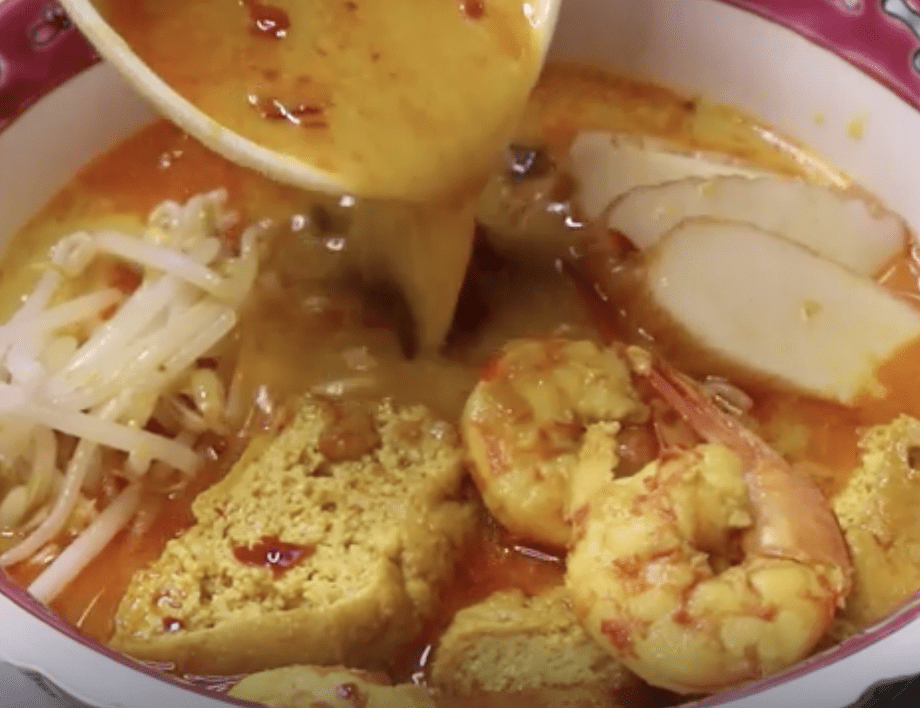If you haven’t tried it you will by the end of the decade. The tofu or beancurd will eventually become a staple for many.
Firstly it is highly nutritional and healthy – protein rich with low calories. Secondly, easily adaptable to dishes and various cuisines including becoming mains. Third and mostly importantly it is very affordable.
So affordable that even regulars among us will miss it as we scan the local Asian grocery. They are usually found in cheaper ingredient sections with some many items.
White and light brown are colours that seldom catch the eye and they come in these. I have known people that had it in their restaurant dish but can’t relate to the one in the store.

It also falls in the same category as potatoes, corn and other filler food. Rarely served as mains such as a meat dish. It helps to bulk up a dish with protein with little calories.
In Far East Asian and South East Asian cuisine, it is typically served with a mix of vegetables but sometimes on its own when a number of dishes are ordered.
What is Tofu ?
Tofu is the popular Japanese name for beancurd. I recall decades ago I heard about beancurd but only later Tofu. The name beancurd is no longer in common use and packaging nowdays carry the word Tofu.
Tofu comes from coagulating crushed soyabean milk. The coagulated curds that form are pressed into beancurd cakes or tofu of various textures. We have soft tofu that is jelly like and all the way to very firm.
There are even tofu skins. A process similar to cheese making.
Interestingly there are desserts and drinks that continue to retain the name beancurd. Both the curd dessert and drinks are popular in the East. You can get the sweetened or unsweetened beancurd drink in some Asian grocery stores in your neighbourhood.
There is also the close cousin called Tempah which has a long history in Indonesia, particularly Javanese cuisine and in Malaysia. It is pressed soybeans and comes in a fermented version, a process different from how ordinary Tofu is made.
Origins in the Far East

Its origin are in China and has been an essential part of their cuisine over 2,000 years and eventually spread around the region.
Tofu is commonplace in China, Japan, Korea in the North to Indonesia in the South. Chinese migrants to South East Asia from the 18th century brought along the practice of making and cooking tofu.
Firstly it is versatile. It can be a dish by itself or part of dish or any cuisine. Increasingly we find it in western salads. As a recognised protein replacement, it has been adopted widely in vegetarian and vegan dishes. It is so low in calories that it is becoming an important ingredient in health diets. Vegans more than anyone else are fully aware of Tofu and its benefits.
Here is a great article on it – “Tofu explained: how it’s made, the different types, and recipes that use tofu” by South China Morning Post.
Lets start by tingling your tastebuds
The picture below is tofu cooked with mushrooms, carrots, prawns, squid and other vegetables. This dish is common in the Far East and South East Asia and either stir fried or cooked in a claypot.
Served with a bowl of rice, it is a highly nutritional, balanced and a full meal. No other dishes.

Keep an eye for the tofu when you are in the Far East or South East Asia. Or when you visit a Chinese, Korean or Japanese restaurant in your neighbourhood.
Firstly it is seldom served as a dish by itself. Take a look at the menu and pay attention to what each dish is made up of. Glance around and see if you can spot tofu in the dishes served.
Look for items that mention braised tofu or just tofu in a dish. Give it a go.
If in doubt ask the service staff. They would know what tofu is and can make recommendations for dishes with tofu it. Tell them you are looking for the firm tofu variety as it makes a better impact at least for me. These tend to be golden brown.
Those keen to cook tofu as part of a dish can pick various variety of tofu in any Asian grocery store.
Taste and texture
This is probably going to surprise a lot of people but the precious tofu or beancurd that I speak of is close to tasteless.
So why bother?
In fact, come to think of it I have yet to come across any food product in raw or processed form that falls in the near tasteless category like Tofu
What Tofu has or does is the remarkable ability to absorb the juices, sauces and gravy of other food ingredients during the cooking process. Good cooks seems to know when and how to place tofu in a dish.
There is a popular noodle dish called Laksa in Singapore and Malaysia and now in Thailand that come with spicy prawn based coconut gravy.
The key ingredients are noodles, prawns, slices of fish cake and beansprout. Plus the tofu. And if there is no fried tofu slices, you know that the cook has missed a beat.

Some other facts about Tofu or Beancurd
The biggest producers of soya beans that is the raw ingredients for Tofu manufacturing are the US, Brazil and Argentina. However much of it goes as livestock feed. The largest consumers are in the East when it comes to human consumption of soya beans based food.
Vegans have adopted Tofu and its various types into their cooking and consumption. You are now more likely to find it in Whole food stores and western supermarkets in the vegan section. It is no different to the ones available in Asian grocery stores. Just more expensive.
Don’t forget to try out sweet beancurd desserts or drinks when you come across it in the Far East. They come in hot and cold version.
